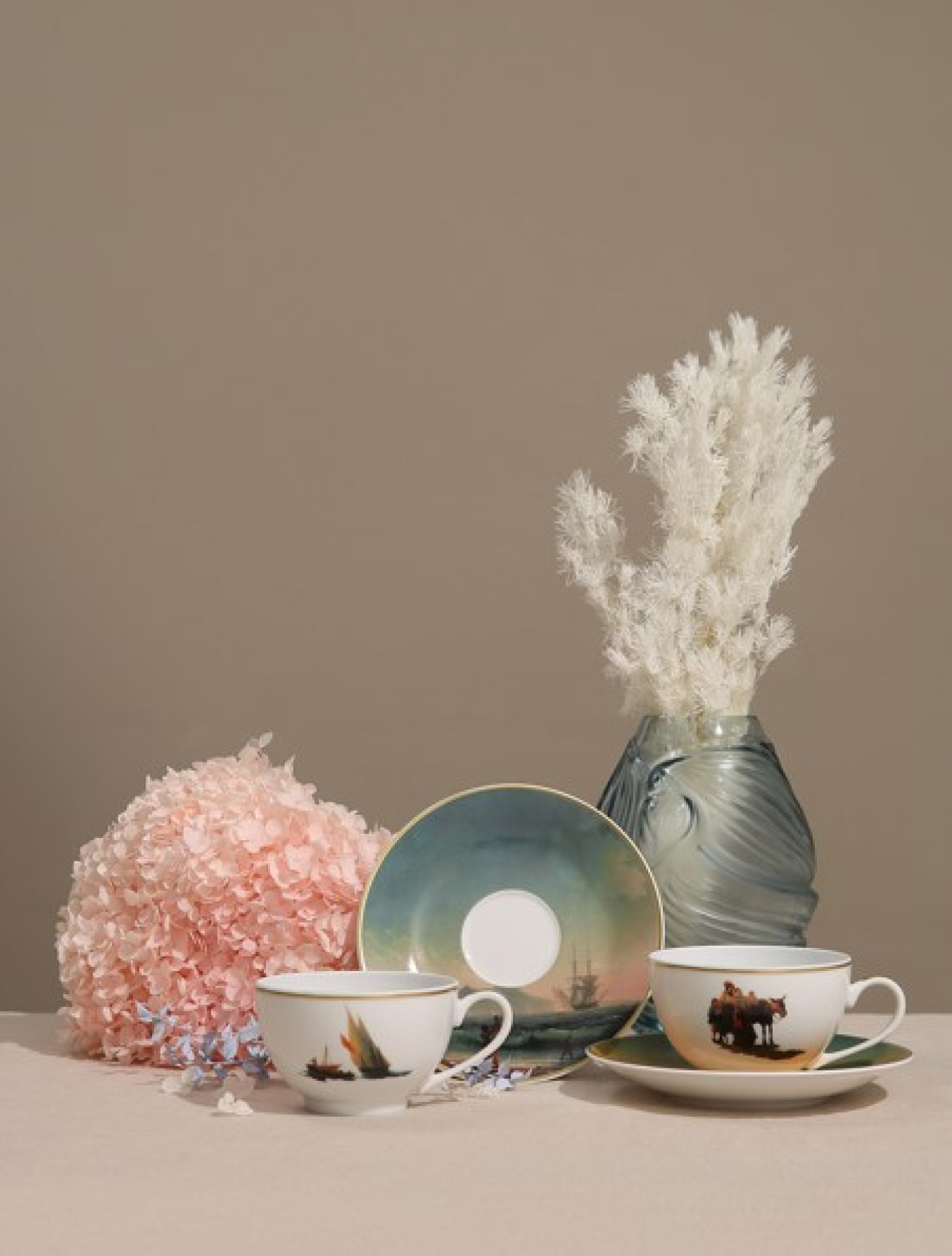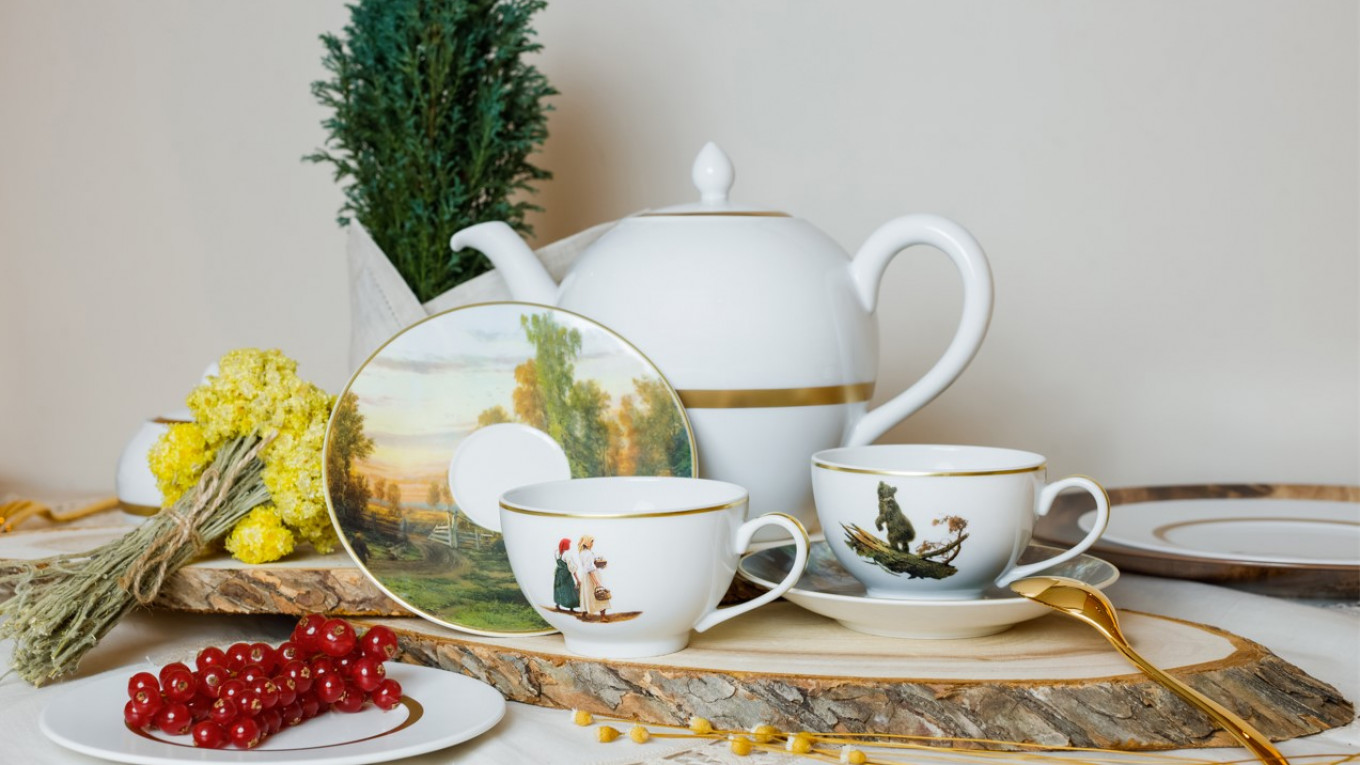What Russian artists do you know? If you ask that question in Russia and then abroad, the answers are usually entirely different.
Outside Russia, the best known artists are from the early 20th-century avant-garde: Kazimir Malevich, Vassily Kandinsky, and Marc Chagall. Their works are in the collections of the world’s great museums, from the Louvre and the Tate to the Metropolitan and the Pompidou Center. And when they come up at auctions, they are sold for tens of millions of dollars.
But in Russia, completely different artists are better known. For example, artists in the tradition of realism: Ivan Shishkin, Ivan Aivazovsky, and Ilya Repin. Or the great portraitist Valentin Serov, so beloved that at his retrospective at the Tretyakov Gallery several years ago people broke down the door to the museum for fear that they wouldn’t get in.
Zelfira Tregulova, director of the Tretyakov Gallery, is well aware of this contradiction. “It is not that easy to interest major world museums in an exhibition of Russian art," she said. "Everyone wants a sure success with people lined up around the block to get in… [Of course] there’s nowhere on earth where Malevich’s “Black Square” would be considered marginal art… but even Russian art of the 19th century isn’t well-known, not to mention the 18th century! No one knows anything. People know a bit about ancient Russian art since they’ve heard of icons, but that’s it.”
Given this state of affairs, why not use every opportunity to make Russian classical art better known, for example, by collaborating with the revered French producer of fine porcelain, Bernardaud?

And that is how the Heritage of the Tretyakov Gallery project was born. At present the two institutions have worked together to produce three tea sets decorated with works by three important Russian artists. The first sets, consisting of two paintings on a pair of tea cups and saucers, feature works by Ivan Shishkin and Ivan Aivazovsky. The third artist is being kept secret until the set is released. Each set is a limited edition of only 100 copies. It is not surprising that the sets sold instantly — Ivan Shishkin was sold out in one day.
Bernardaud president Michael Bernardaud (his family has owned the company since it was founded in 1863) is not a beginner in the art world. Previously, Bernardaud collaborated with the some of the world’s most famous contemporary artists, such as Jeff Koons, Michael Lin, Joan Miró, even filmmaker David Lynch. The company also produced tea sets similar to the sets in the Heritage of the Tretyakov Gallery collection in collaboration with the Marc Chagall Committee.
This project was initiated by Mercury, Bernardaud's distributor in Russia and the country's largest retailer of luxury goods. This is also quite in keeping with the tradition of Russian art: It has always existed with the support of patrons.
In Moscow the sets will be sold at TsUM for about 30,000 rubles (US$400).
A Message from The Moscow Times:
Dear readers,
We are facing unprecedented challenges. Russia's Prosecutor General's Office has designated The Moscow Times as an "undesirable" organization, criminalizing our work and putting our staff at risk of prosecution. This follows our earlier unjust labeling as a "foreign agent."
These actions are direct attempts to silence independent journalism in Russia. The authorities claim our work "discredits the decisions of the Russian leadership." We see things differently: we strive to provide accurate, unbiased reporting on Russia.
We, the journalists of The Moscow Times, refuse to be silenced. But to continue our work, we need your help.
Your support, no matter how small, makes a world of difference. If you can, please support us monthly starting from just $2. It's quick to set up, and every contribution makes a significant impact.
By supporting The Moscow Times, you're defending open, independent journalism in the face of repression. Thank you for standing with us.
Remind me later.







